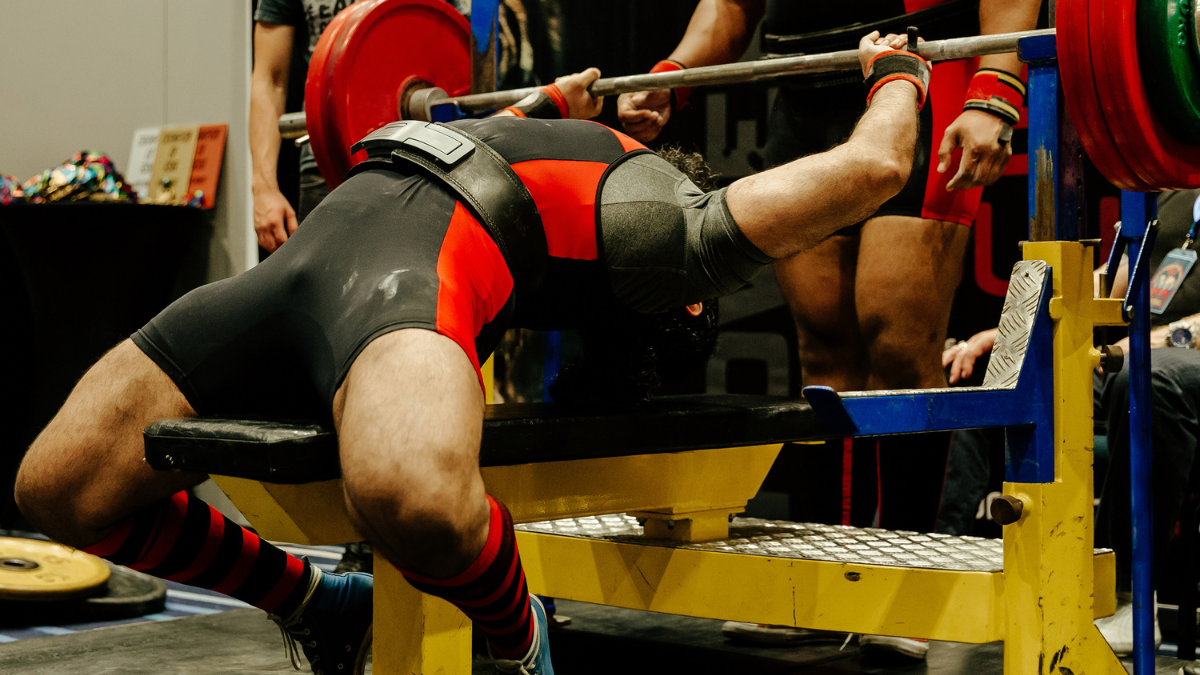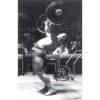watchnerd
Level 8 Valued Member
So I guess everyone got sick of people with crazy back arches getting credit for presses that barely move:
That being said, I'm not yet understanding what the definition of a good lift is.
I thought I understood, but the picture confuses me.
More at:

 barbend.com
barbend.com
The state of play for competitive powerlifting will undergo a significant change in 2023. On Sep. 10, 2022, the International Powerlifting Federation (IPF) unveiled a revised Technical Rules handbook on its website.
Effective Jan. 1, 2023, the bench press will be judged under new criteria aimed at curtailing the extreme measures athletes take to reduce their range of motion.
Beginning next year, competitive powerlifters in the IPF can expect their bench press setup and execution to be judged to a “depth” standard — specifically, the angle of their upper arm relative to that of the floor, among other additional criteria.
According to the organization, the IPF Rule Group made the adjustment after receiving “numerous complaints” following the 2022 IPF World Bench Press Championships in Almaty, Kazakhstan.
The IPF also remarked that they expect the updated ruleset “wouldn’t affect 95 percent of athletes.”
That being said, I'm not yet understanding what the definition of a good lift is.
I thought I understood, but the picture confuses me.
More at:

International Powerlifting Federation Unveils Bench Press Rule Change for 2023 | BarBend
Powerlifting's most acrobatic movement is about to change. The IPF has announced new rules for the bench press in 2023.
 barbend.com
barbend.com

